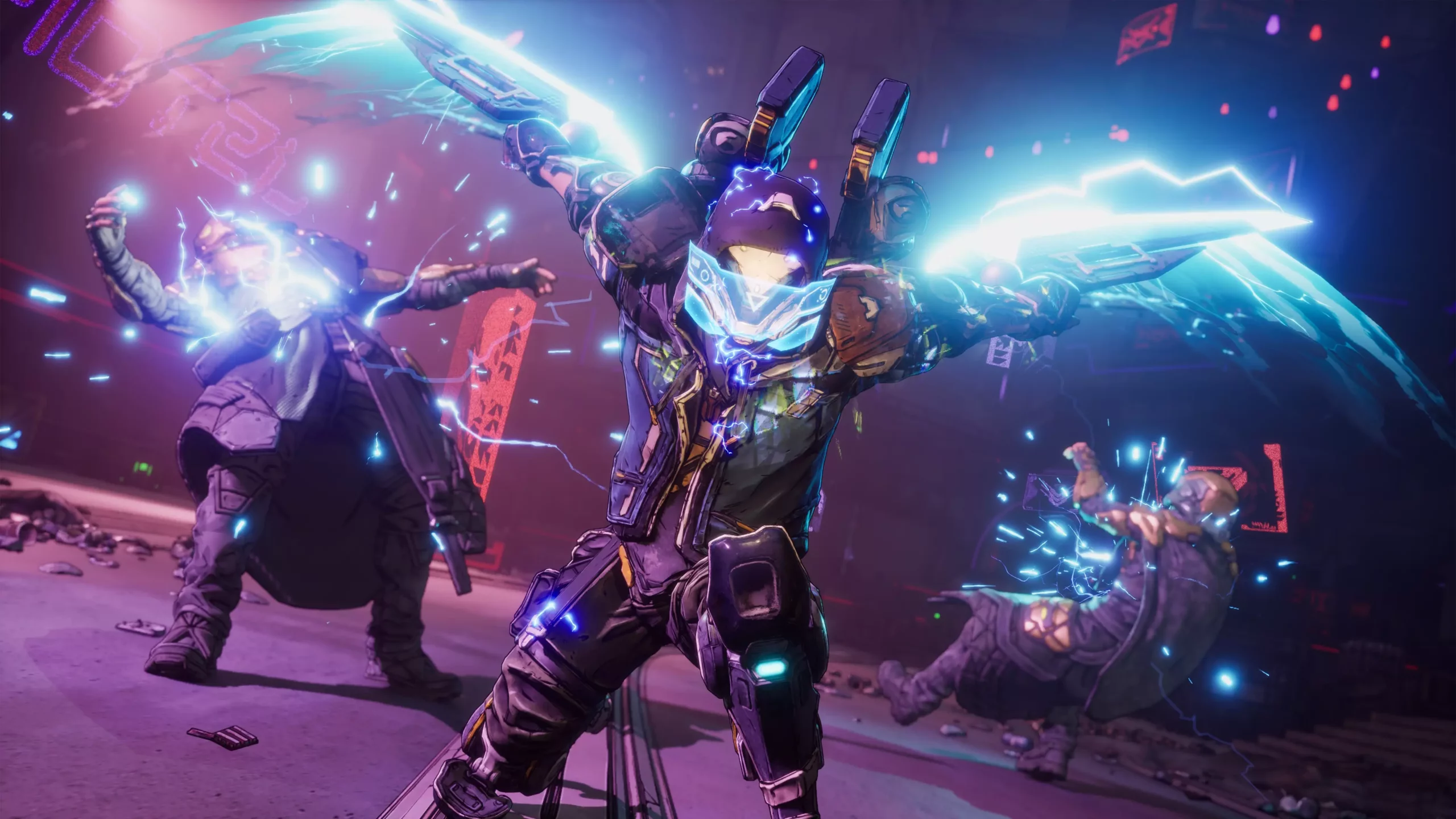As the gaming industry evolves, so do the price tags attached to new titles. With more games now demanding $80 or even higher, questions arise around the future pricing strategy for anticipated releases like Borderlands 4. The landscape is shifting, and gamers are left wondering what new expectations await them as they prepare to invest in new gaming experiences. The discussion around pricing is more than just numbers; it is a reflection of broader realities within the industry—budgets, development costs, and player expectations.
Randy Pitchford’s Candid Thoughts
Gearbox’s founder and chief executive, Randy Pitchford, recently expressed uncertainty about the official price of Borderlands 4 during a panel at PAX East. It is noteworthy that he refrained from providing a definitive figure, which reflects a conscientious approach to understanding market dynamics. Pitchford identified that while game development costs are soaring—confirming that Borderlands 4’s budget is more than double that of its predecessor—there’s an undeniable pressure to balance profitability and affordability. There’s not just one audience to cater to; the divide between budget-conscious gamers and those who are willing to pay a premium is becoming more pronounced.
This acknowledgment of the duality in the gaming consumer base is significant. As Pitchford indicated, there’s a broader trend at play, one where both developers and publishers are faced with the challenge of asking for more from consumers without alienating those who may balk at higher prices. The upcoming price point for Borderlands 4 isn’t merely a commercial decision; it is intertwined with the growing complexity of game development and societal views on spending.
Comparing Current Pricing Trends
The escalation in game prices can be traced, in part, to successful franchises like Nintendo’s Mario Kart, which has set the bar with its own notable price increase. This strategy may signify a market shift that extends beyond individual games and publishers. As gaming companies observe the sales successes accompanied by premium pricing, they might feel incentivized to adopt similar strategies. Pitchford’s comments suggest that Gearbox is keenly aware of this phenomenon, contemplating the potential implications for their franchise as they strategize their pre-orders and pricing structures.
However, while competitors like Microsoft and Nintendo lead the charge, it’s essential to reflect on how this could distort the perceived value of future games. For many gamers, the expectation that game prices should remain stable clashes violently against the reality of increasing production costs and industry evolution.
Transparency and Trust in Gaming
In his remarks, Pitchford encapsulated a critical philosophy: the notion that players should feel they receive value for their investment. This sentiment underscores a shift toward transparency in the industry. Buyers should not merely be seen as consumers but rather as participants in a shared gaming ecosystem. This is a refreshing perspective, suggesting a future where developers who prioritize community trust could ultimately foster long-term loyalty.
Pitchford’s commitment to providing value aligns with the modern gamer’s expectations. As the market evolves, players want not only engaging and world-class experiences but also assurance that their investment translates into enjoyable gameplay. This philosophy elevates the developer-consumer relationship from a transactional model to a partnership, where developers are accountable to their players.
Future Prospects and Player Engagement
The emergence of pre-orders signals a critical phase for Borderlands 4’s marketing strategy. With Pitchford hinting at additional features being up for consideration based on feedback, the engagement feels mutually beneficial. He’s teased game elements like a possible minimap and its place within the evolution of gameplay mechanics. This interaction indicates a shift toward more adaptive and player-friendly practices, where consumer voices directly impact development decisions.
The implications here extend beyond Borderlands 4. They speak to a potential trend in gaming where developers commit to a more responsive production cycle—one that welcomes community feedback as an integral part of the development process. If Gearbox follows through with this model, preparing players for an elevated experience amid rising prices, it will set a valuable precedent within the industry moving forward.
In navigating the complex issues surrounding game pricing, transparency, and player engagement, the conversation surrounding Borderlands 4 signifies broader implications for the gaming industry and how it responds to its ever-evolving audience.

